Introduction
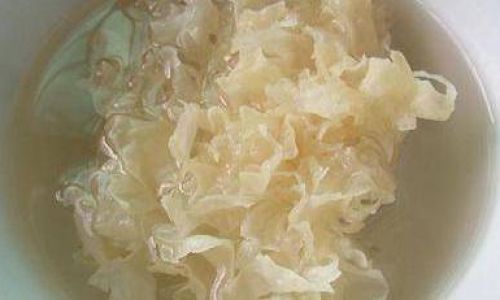
Tremella fuciformis, commonly known as white jelly mushroom or snow ear mushroom in English, is a type of edible fungus widely used in Asian cuisines, particularly in China. Its gelatinous texture and mild flavor make it a versatile ingredient in soups, desserts, and various dishes. However, like many other food items, improper handling or preparation can lead to potential health risks. One such concern is the duration for which Tremella fuciformis, or silver ears as they are affectionately called, can be soaked before they become toxic. This article aims to delve into the science behind Tremella fuciformis, the soaking process, and the potential dangers associated with prolonged soaking, ultimately providing guidelines for safe consumption.
Understanding Tremella Fuciformis
Tremella fuciformis belongs to the Tremellaceae family of fungi and is native to tropical and subtropical regions. It has been a part of traditional Chinese medicine for centuries, valued for its nutritional and medicinal properties. The mushroom is rich in polysaccharides, particularly tremellan, which is known for its immune-boosting and moisturizing effects on the skin. It also contains essential amino acids, vitamins, and minerals, contributing to its reputation as a superfood.
In culinary applications, Tremella fuciformis is often dried for easier storage and transportation. Before use, the dried mushrooms need to be soaked in water to rehydrate them, restoring their gelatinous texture and preparing them for cooking. This soaking process is crucial for achieving the desired texture and flavor in dishes but also introduces a potential risk if not managed properly.
The Soaking Process: Benefits and Risks
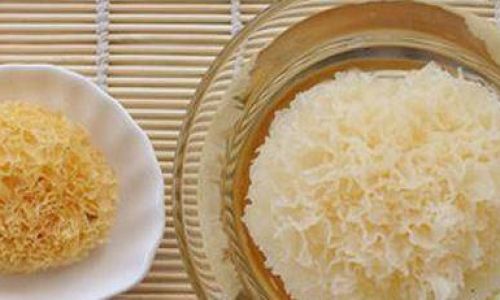
Soaking Tremella fuciformis serves several purposes:
- Rehydration: It restores the mushroom’s natural moisture content, making it suitable for cooking.
- Flavor Enhancement: Soaking helps to soften the mushroom and release its subtle flavors, enhancing the overall taste of the dish.
- Cleaning: It allows for the removal of any dirt, debris, or impurities that may have adhered to the mushroom during drying or storage.
However, there is a fine line between sufficient soaking and over-soaking. Prolonged soaking can lead to the development of harmful bacteria, molds, or other microorganisms that can render the mushroom unsafe for consumption. These microorganisms can produce toxins that can cause food poisoning or other health issues.
Factors Influencing Toxicity
Several factors determine how long Tremella fuciformis can be safely soaked:
- Temperature: Warm or hot water accelerates the growth of bacteria and other microorganisms. Soaking in cold or lukewarm water is generally safer.
- Water Quality: Clean, potable water is essential. Contaminated water can introduce harmful pathogens into the soaking process.
- Storage Conditions: If the soaked mushrooms are not refrigerated promptly after soaking, bacteria can proliferate rapidly, especially in warm environments.
- Duration: The longer the soaking period, the higher the risk of contamination.
How Long is Too Long?
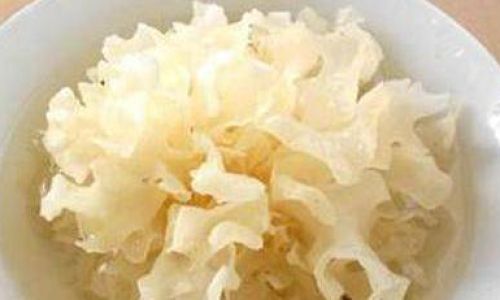
Determining the exact duration for which Tremella fuciformis can be safely soaked is not straightforward due to variations in soaking conditions and individual handling practices. However, general guidelines can be provided based on common practices and food safety principles.
- Cold Water Soaking: Soaking in cold water (refrigerated or at room temperature) for up to 4-6 hours is generally considered safe. This allows for adequate rehydration without significantly increasing the risk of bacterial growth.
- Hot Water Soaking: If using hot water to speed up the rehydration process, it should be done under close supervision and for a shorter duration, ideally no longer than 30 minutes to an hour. After soaking, the mushrooms should be immediately rinsed with cold water to stop the cooking process and cooled down.
- Refrigeration: Once soaked, Tremella fuciformis should be stored in the refrigerator to slow down bacterial growth. If not used immediately, they can be kept in the fridge for up to 24 hours before cooking.
Signs of Spoilage
To ensure the safety of soaked Tremella fuciformis, it is important to inspect them for signs of spoilage before cooking:
- Odor: Freshly soaked Tremella fuciformis should have a mild, earthy aroma. Any unpleasant, strong, or offensive odors indicate spoilage.
- Appearance: The mushrooms should appear translucent and gelatinous with no discoloration, mold, or slimy texture.
- Touch: They should feel firm yet slightly elastic when touched. Mushy, slimy, or sticky mushrooms are signs of decomposition.
If any of these signs are present, discard the mushrooms immediately to avoid potential health risks.
Food Safety Precautions

To minimize the risk of food poisoning from Tremella fuciformis, follow these food safety precautions:
- Clean Utensils: Use clean, sanitized utensils and containers for soaking and storing the mushrooms.
- Proper Storage: Always store soaked Tremella fuciformis in the refrigerator in an airtight container.
- Prompt Cooking: Cook the mushrooms as soon as possible after soaking to further reduce the risk of bacterial growth.
- Personal Hygiene: Wash hands thoroughly before handling food to prevent cross-contamination.
- Awareness of Symptoms: Be aware of the symptoms of food poisoning, such as nausea, vomiting, diarrhea, fever, and abdominal pain. If you experience any of these symptoms after consuming Tremella fuciformis or any other food, seek medical attention immediately.
Conclusion
Tremella fuciformis is a nutritious and versatile ingredient in Asian cuisine, but its preparation requires careful attention to food safety. Soaking the mushrooms for an appropriate duration in clean, cold water and storing them properly can significantly reduce the risk of contamination and ensure safe consumption. By following the guidelines provided in this article, you can enjoy the unique texture and flavor of Tremella fuciformis without worrying about potential health risks. Remember, food safety is paramount, and a little vigilance can go a long way in preventing foodborne illnesses.


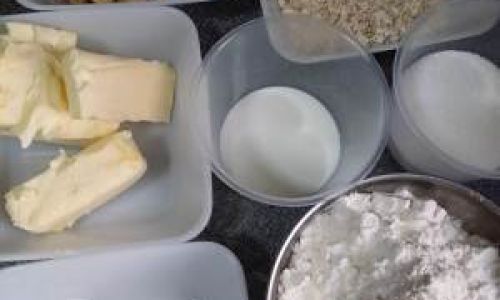
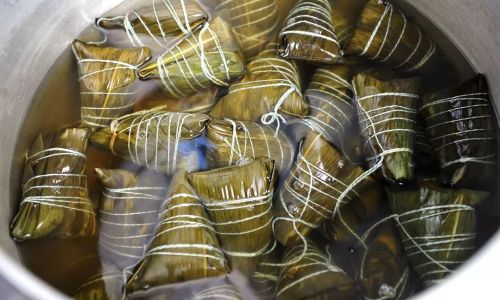
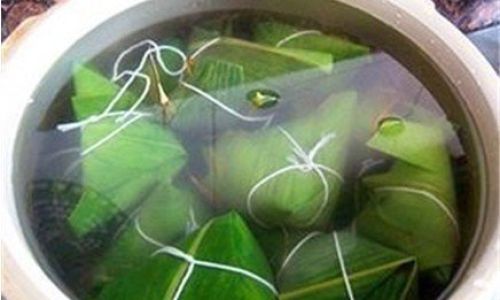
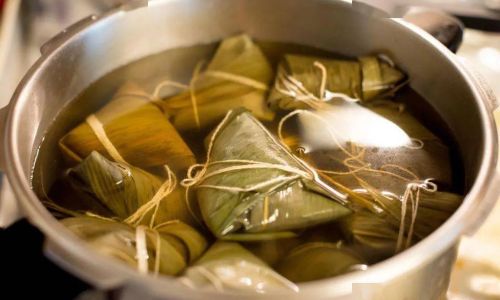
0 comments